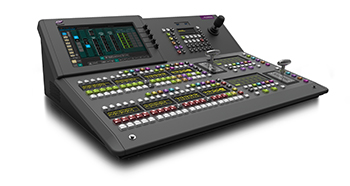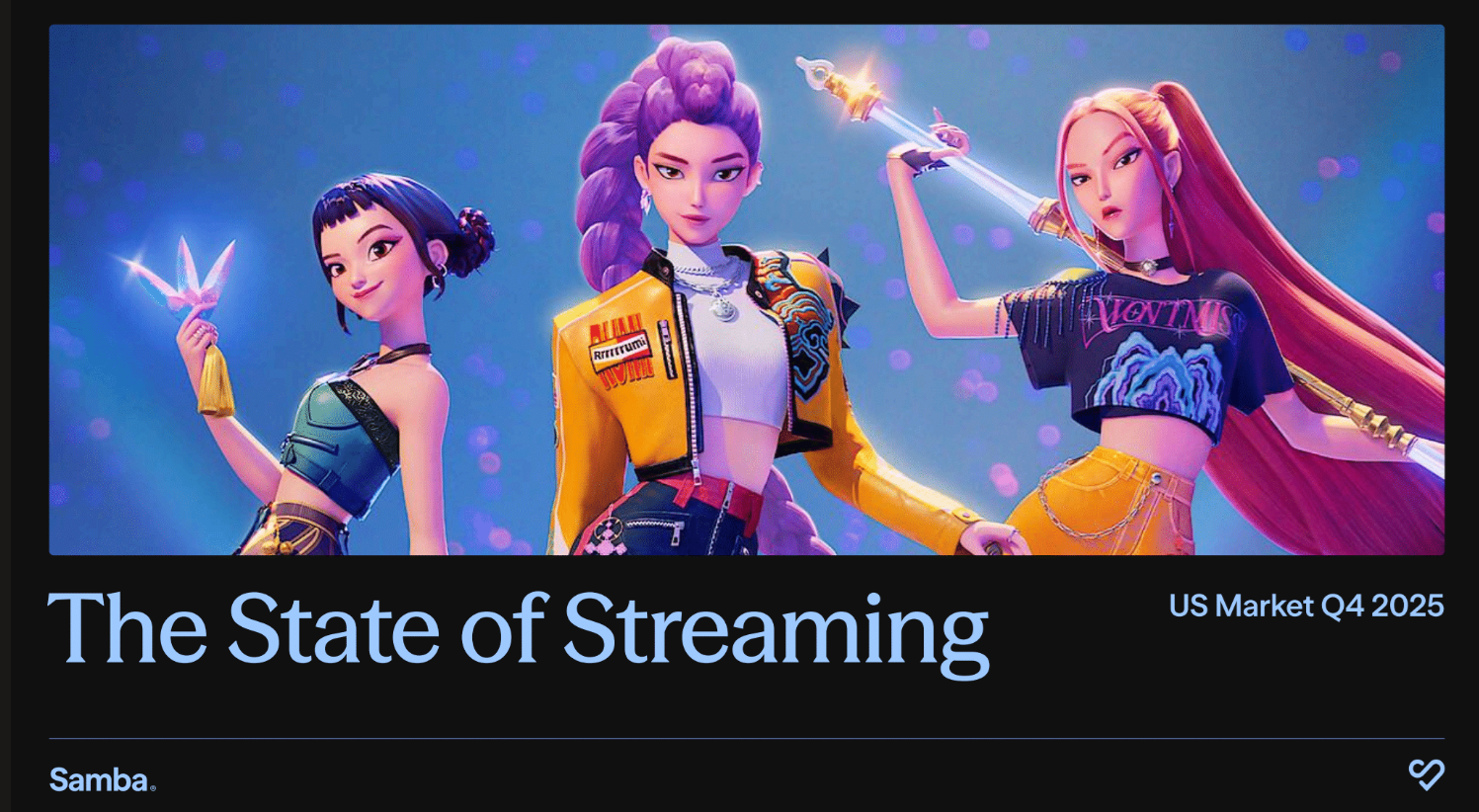NAB 2016: Grass Valley Debuts Korona Compact Switcher

LAS VEGAS— LAS VEGAS—Grass Valley went back to its roots this year with a new production switcher. The new GV Korona offers the same feature set as the Kayenne and Karrera switchers, but with a smaller, space-efficient control surface. Available in one and two M/E (stripe) panels, Korona is packaged with the compact K-Frame S-series video processing engine, though it is compatible with all Grass Valley K-Frames for production flexibility. Additionally, the K-Frame S-series frame is compatible with all larger Kayenne and Karrera panels should the need arise.
The new GV Korona K-Frame S-series supports multiple HD formats, and can be upgraded to 3G/4K with a software license. The GV Korona two-stripe panel supports 20 assignable buttons on each M/E row and has an 80x88 I/O matrix with optional IP SMPTE ST 2022-6 I/O.
GV Korona’s surface features a built-in touchscreen interface that enables operators to work quickly and intuitively to produce compelling content for a variety of applications. It also features a menu integrated into the panel, and uses the same OLED and color technologies as the larger Grass Valley panels.

Grass Valley also brought out the newest range of its LDX 86 camera family that enables native 4K capture, the LDX 86N Series.
Built using Grass Valley’s newest UHD 2/3-inch imagers, the LDX 86Nis said to provide native 4K resolution in 16:9, using lenses intended for broadcast with no cropping or zooming effects. The cameras allow the choice of native 4K or 3G/HD.
Each camera uses three next-generation native 4K XensiumHAWK CMOS imagers that support full native 3840x2160 4K resolution, with dynamic pixel management dubbed “DPMUltra.” Grass Valley said DPMUltra enables the camera to do native 1920x1080 HD acquisition inside the imager without the intrinsic downsides of 4K acquisition, such as rolling shutter and decreased sensitivity.
Grass Valley also made a couple of announcements in the IP arena. The first involves entry into a memo of understanding with Cisco to develop IP workflow platforms for broadcasters. The MOU creates an environment for widespread collaboration between the two companies, covering IP networking, virtualized computation and security technology. Grass Valley emphasized an immediate plan to develop a platform that combines Grass Valley’s Broadcast Data Center architecture with Cisco Media Blueprint technologies comprising IP-based, virtualized, and media-aware network infrastructure and applications based on open IP standards.
Grass Valley’s Broadcast Data Center offers vertically accurate switching for multi-camera, live productions and features GV Node and GV Convergent—critical pieces of the collaboration with Cisco.
Grass also announced a major collaboration withSony to develop industry-wide IP interoperability based on the two companies’ IP-based technology and devices. As a result of the agreement, Sony will become a full member of the Alliance for IP Media Solutions, known as “AIMS.” Grass Valley is a founding member of AIMS, which launched in December to promote and advocate for widely accepted, open IP standards based on SMPTE ST 2022-6 and TR-03 and TR-04, proposed by VSF and AES67.
Grass Valley plans to implement an IP-to-IP gateway card compatible with its GV Node Real Time IP Processing and Edge Routing platform. This card will ensure compatibility between Sony’s Networked Media Interface (NMI) and Low Latency Video Codec (LLVC) technologies and systems based on standards supported by the AIMS roadmap.
Sony’s NMI, a key technology of Sony’s IP Live Production System, packetizes, transmits and clean-switches HD and Ultra High-Definition 4K video, audio and metadata in real time over standard network infrastructures.
Grass Valley is exhibiting in booth #SL106.
The professional video industry's #1 source for news, trends and product and tech information. Sign up below.
